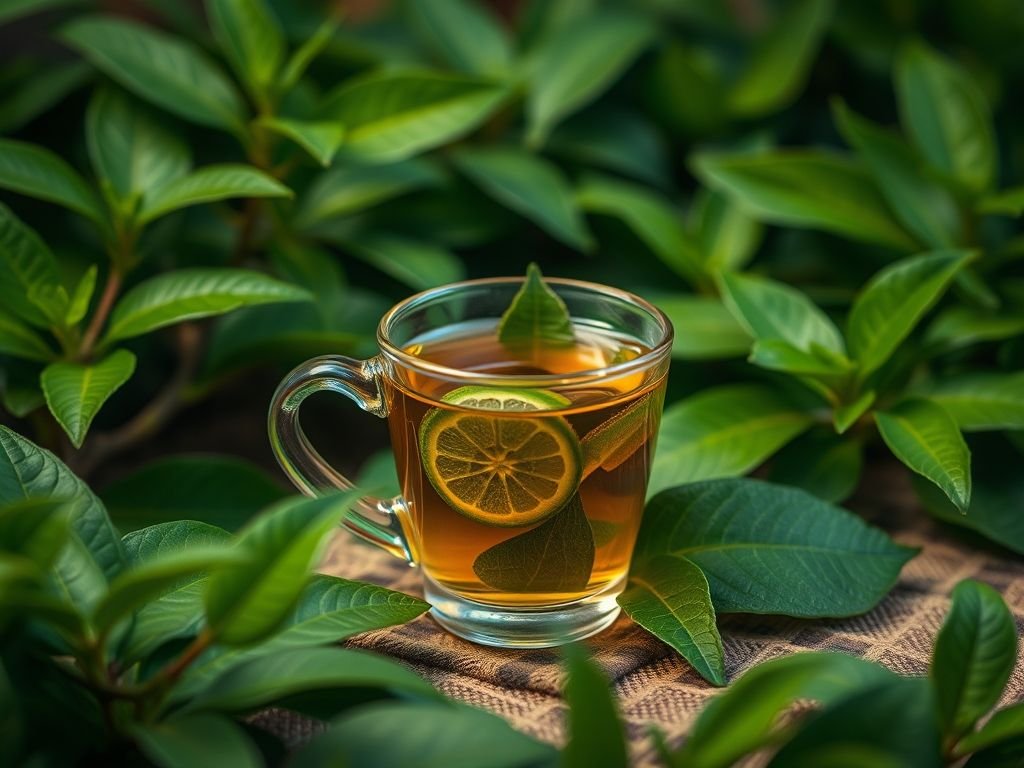What is Loose Leaf Tea?
Loose leaf tea refers to unbagged tea leaves that are typically higher in quality than their bagged counterparts. Unlike tea bags, which often contain dust or fannings, loose leaf tea offers whole leaves that expand during brewing, enhancing flavor and aroma. This method of tea preparation allows for a richer and more nuanced flavor profile, making it a favorite among tea enthusiasts.
Importance of Loose Leaf Tea
Loose leaf tea is not just a beverage; it is a cultural phenomenon with roots that stretch back thousands of years. The preparation and consumption of loose leaf tea can be a meditative experience, promoting mindfulness and relaxation. Furthermore, loose leaf tea is often associated with various health benefits, including weight loss, anxiety reduction, and overall well-being.
Health Benefits of Loose Leaf Tea
Several studies and anecdotal evidence suggest that loose leaf tea can contribute positively to health. Here are some prominent benefits:
- Weight Loss: Certain types of loose leaf tea, such as green tea, are known to boost metabolism and aid in weight management.
- Reducing Anxiety: Herbal varieties like chamomile and lavender can help soothe the mind and promote relaxation.
- Antioxidant Properties: Many loose leaf teas are rich in antioxidants, which can protect cells from damage and support overall health.
How to Brew Loose Leaf Tea
Brewing loose leaf tea is simple, but it does require a few specific tools and techniques:
- Choose Your Tea: Select a high-quality loose leaf tea that suits your taste and health goals.
- Measure the Leaves: A general guideline is to use one teaspoon of loose leaf tea per cup of water.
- Heat the Water: Different teas require different water temperatures. For instance, green tea is best brewed at around 175°F (80°C), while black tea can handle boiling water.
- Steep Time: Allow the tea to steep for the recommended time—usually 3-5 minutes for most teas. Adjust this based on your taste preferences.
- Strain and Serve: Use a fine mesh strainer or a tea infuser to separate the leaves from the liquid before serving.
Practical Applications of Loose Leaf Tea in Daily Life
Incorporating loose leaf tea into your routine can be both enjoyable and beneficial. Here’s how you can make it a part of your everyday life:
- Morning Ritual: Start your day with a cup of green or black loose leaf tea to kickstart your metabolism.
- Midday Calm: Sip on herbal loose leaf tea, such as chamomile or peppermint, during lunch breaks for a calming effect.
- Evening Routine: Wind down with a relaxing blend like lavender or valerian root tea before bed.
Related Concepts
Understanding loose leaf tea can also lead to an appreciation of other related concepts in herbal medicine and natural health:
- Herbal Infusions: Similar to loose leaf tea, herbal infusions use plant parts to create calming, health-promoting beverages.
- Tea Blending: Combining different loose leaf teas can create unique flavors and health benefits.
- Tea Culture: Every culture has its own traditions surrounding tea, from Japanese tea ceremonies to British afternoon tea.
Conclusion
Loose leaf tea is more than just a drink; it is a journey into the world of flavors, health benefits, and mindfulness. By understanding how to brew it and the various types available, you can enhance your well-being and enjoy a delightful experience. Whether you’re aiming to lose weight, reduce anxiety, or simply enjoy a moment of peace, incorporating loose leaf tea into your daily routine is a step worth taking. Start exploring the diverse options today and find the perfect blend for your needs.
Reflection: How can you incorporate loose leaf tea into your daily routine to enhance your health and well-being? Consider setting aside a few moments each day to enjoy this natural beverage.
